
The male displays a soft gray upper body, contrasting with a gentle pale orange underbelly, adorned by a striking white throat encircled by a darker border.
Meet the Rufous Whistler
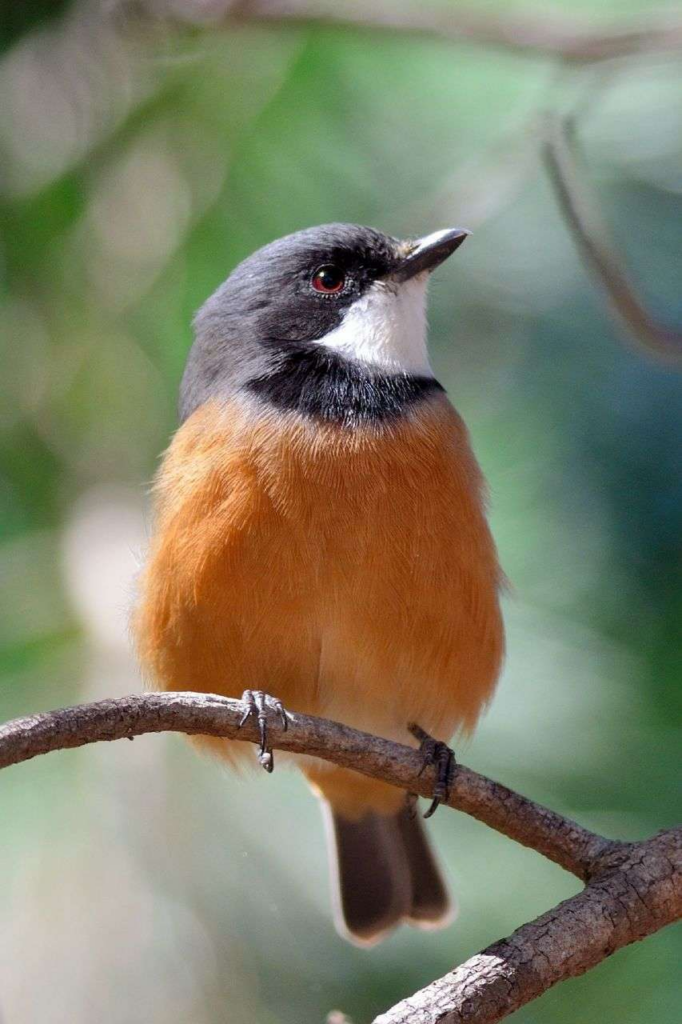 “rufous whistler” by Chris Lindorff is licensed under CC BY 4.0.
“rufous whistler” by Chris Lindorff is licensed under CC BY 4.0.
The Rufous Whistler (Pachycephala rufiventris) is a robust bird with a sizeable head, a short, stubby bill, and a narrow, relatively long tail with a square or slightly forked tip. The males display a dark grey plumage above, accompanied by a white throat, black breast, and a reddish underbody. Many male whistlers also boast a black face mask, except in the northern subspecies. The male Rufous Whistler’s appearance is quite distinctive with its reddish underparts, grey head, white throat, and black mask (which is present in most of its range).
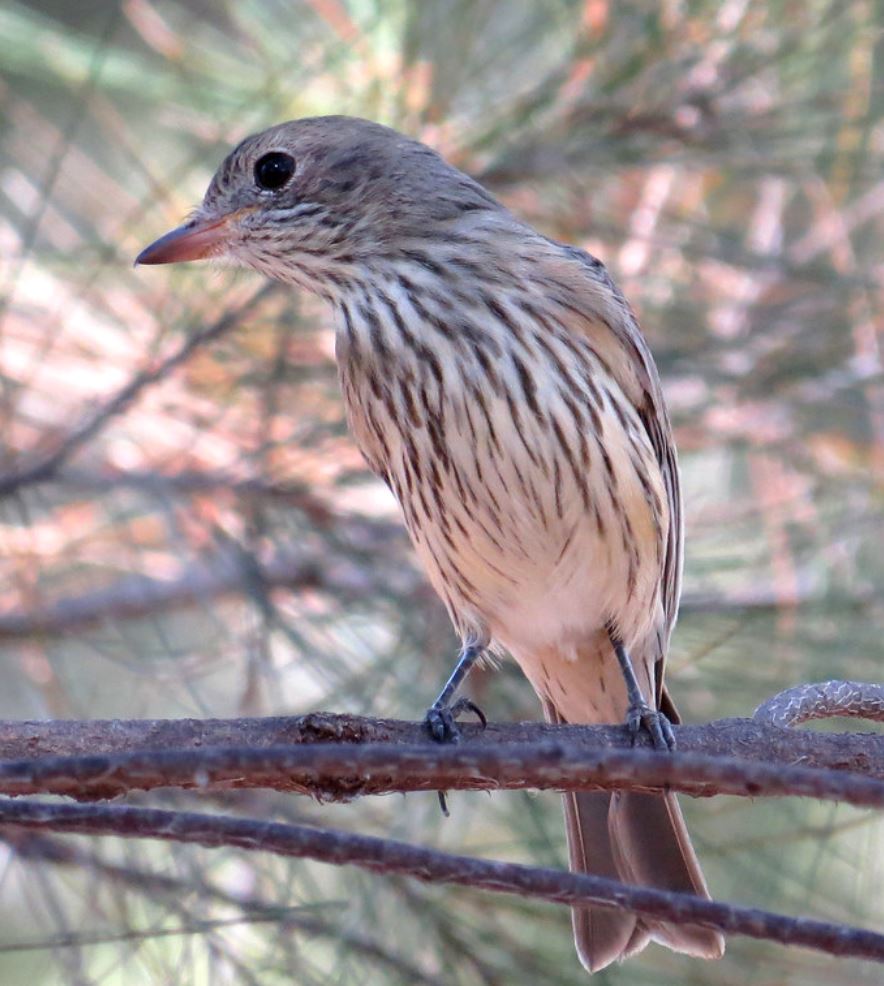 “Rufous Whistler (F) (Pachycephala rufiventris)” by Graham Winterflood is licensed under CC BY-SA 2.0. (cropped)
“Rufous Whistler (F) (Pachycephala rufiventris)” by Graham Winterflood is licensed under CC BY-SA 2.0. (cropped)
Females and immature birds can be easily differentiated from other whistler species due to their heavily streaked underparts. Females exhibit a dull grey to brown coloration with streaked underparts.
The young birds are redder than adults and sport heavily streaked underparts.
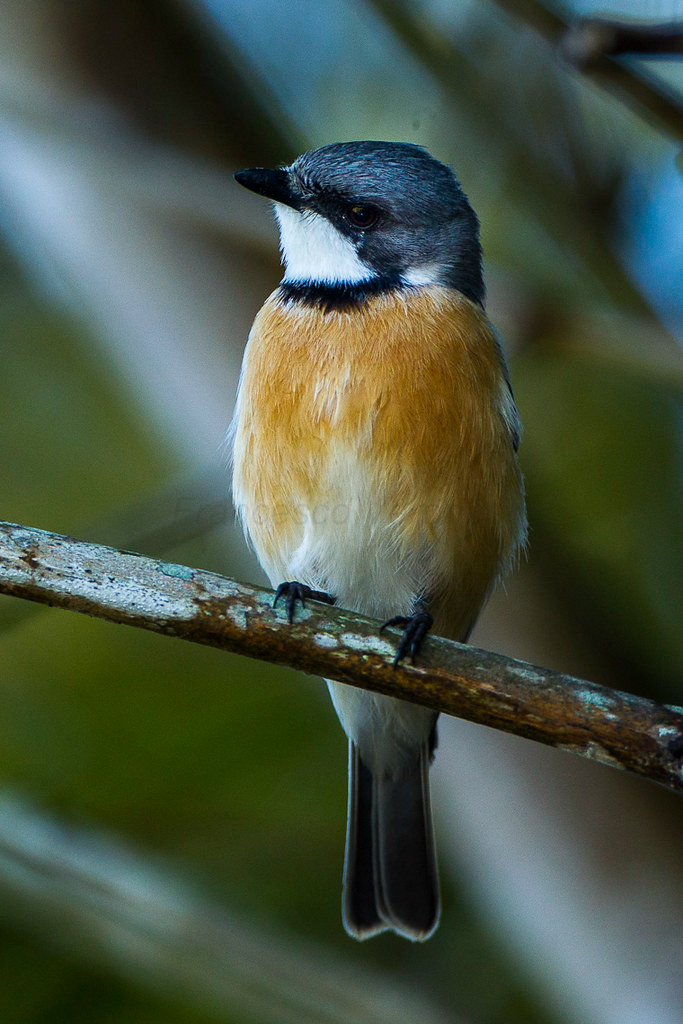 “Rufous Whistler – Atherton – Queensland_S4E8415” by fveronesi1 is licensed under CC BY-SA 2.0.
“Rufous Whistler – Atherton – Queensland_S4E8415” by fveronesi1 is licensed under CC BY-SA 2.0.
This bird is found throughout mainland Australia and is also present in New Caledonia.
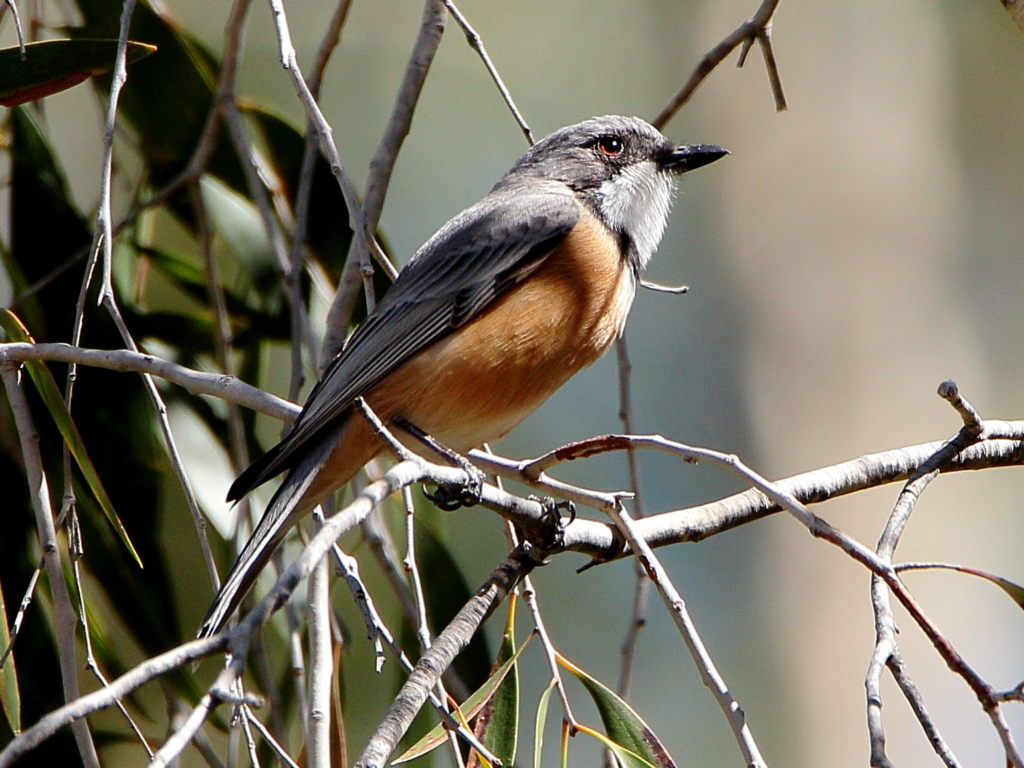 “rufous whistler” by Graham Winterflood is licensed under CC BY-SA 4.0.
“rufous whistler” by Graham Winterflood is licensed under CC BY-SA 4.0.
Its habitat includes forests, woodlands, shrublands with a shrubby understorey, gardens, farmland with some trees, and remnant bushland patches. While it is mainly sedentary, some Rufous Whistlers undertake seasonal migratory movements in eastern Australia, moving south during spring and north in autumn.
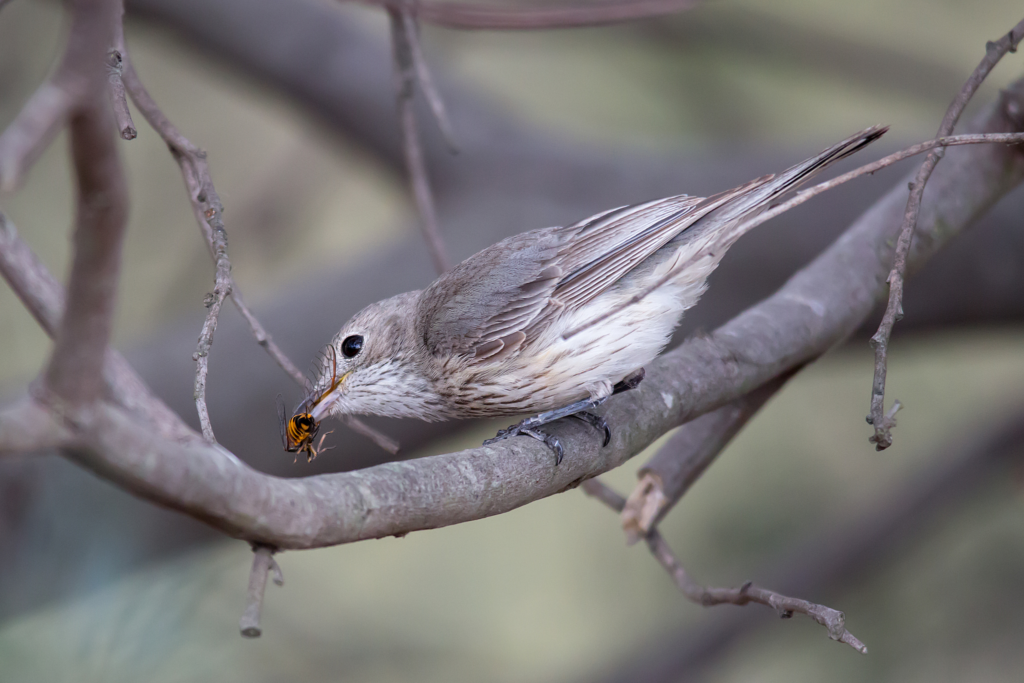 “rufous whistler” by Andrew Allen is licensed under CC BY 4.0.
“rufous whistler” by Andrew Allen is licensed under CC BY 4.0.
In terms of diet, the Rufous Whistler primarily feeds on insects, occasionally consuming seeds, fruit, or leaves. It prefers foraging at higher levels than other whistlers and is seldom seen on the ground.
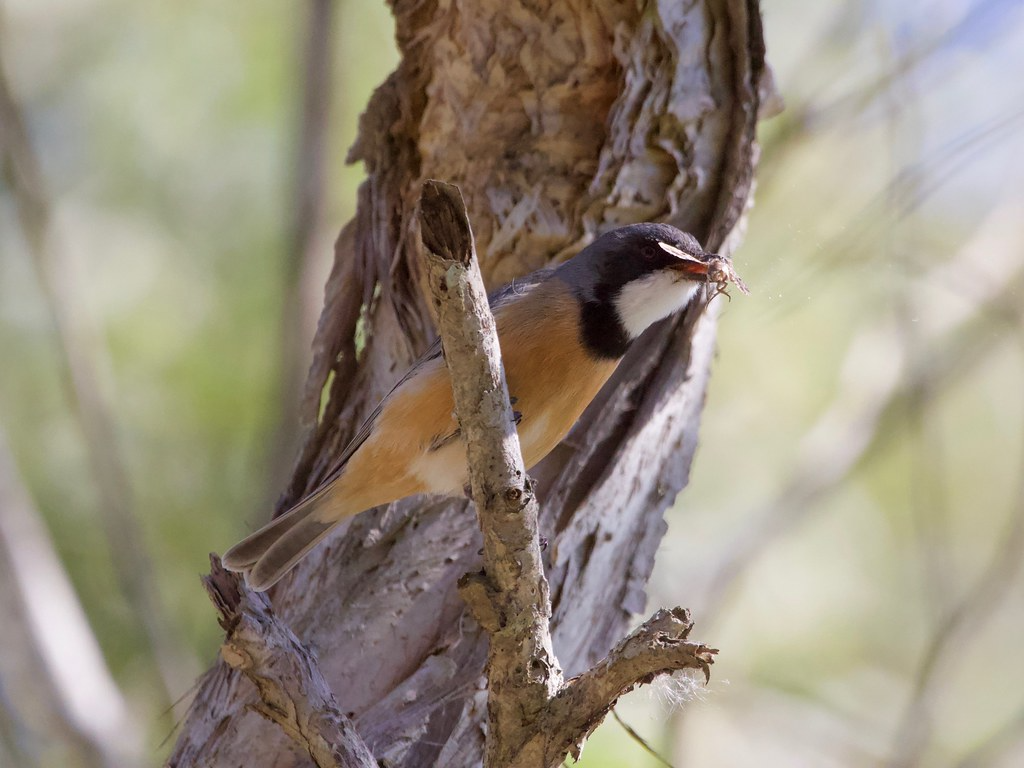 “Rufous Whistler” by Mark Gillow is licensed under CC BY 2.0.
“Rufous Whistler” by Mark Gillow is licensed under CC BY 2.0.
During breeding, the Rufous Whistler forms monogamous pairs, with both males and females taking part in incubating the eggs and caring for the young. The female constructs a fragile, cup-shaped nest using twigs, grass, vines, and other materials, secured and attached to a tree fork with spider web. In a season, the female may produce two broods.
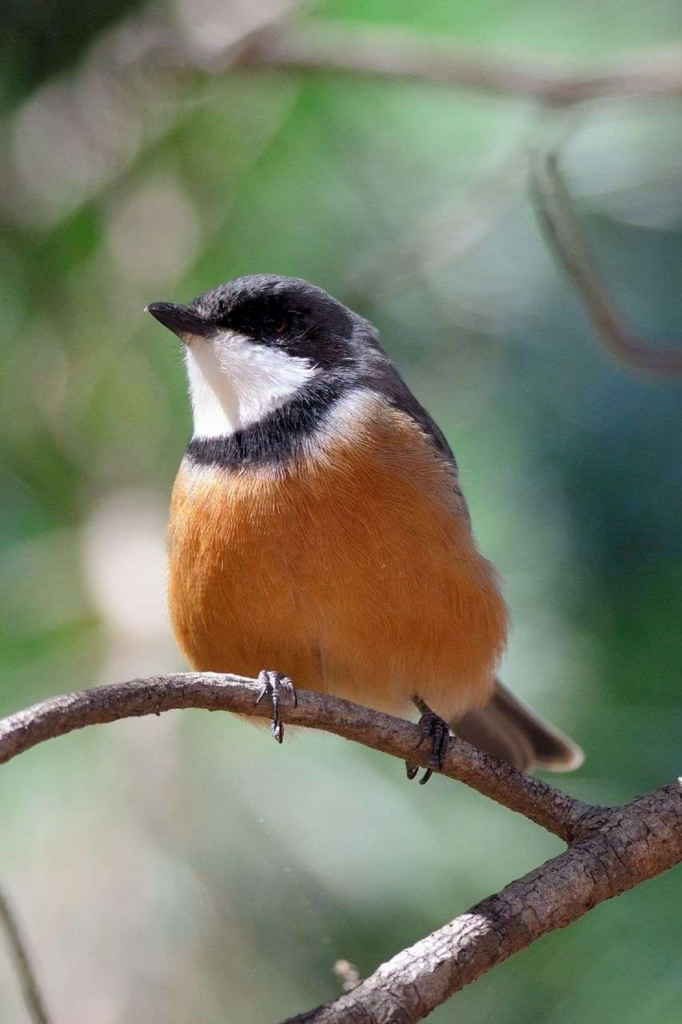 “rufous whistler” by Chris Lindorff is licensed under CC BY 4.0.
“rufous whistler” by Chris Lindorff is licensed under CC BY 4.0.
The Rufous Whistler population may be impacted by land clearing and urban development, making conservation efforts vital to its survival in the face of these threats.
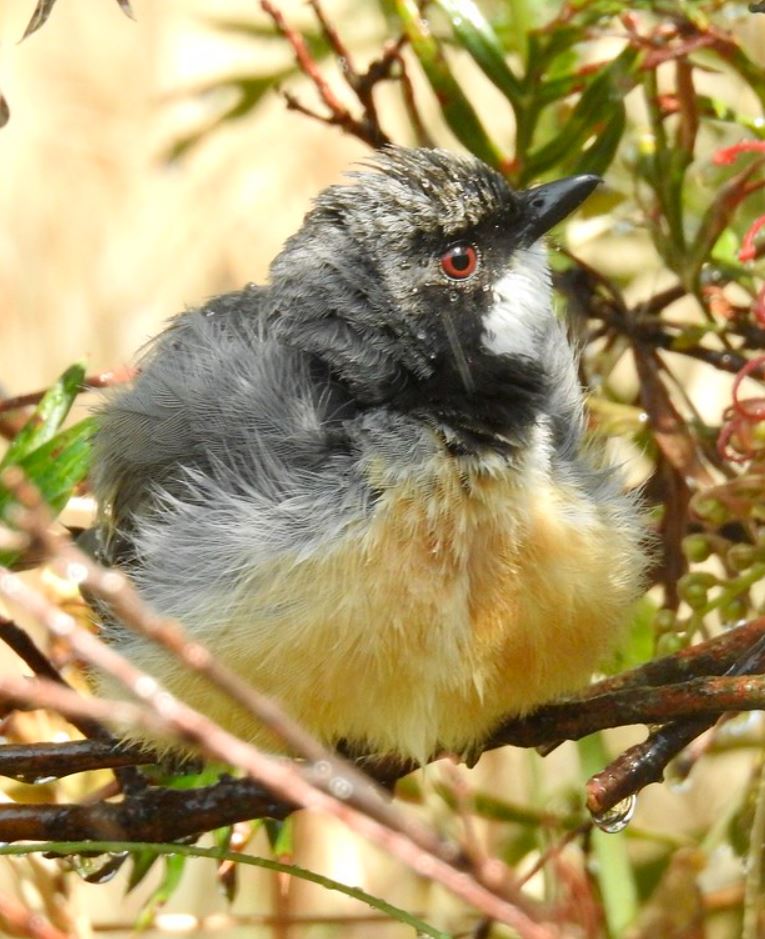 “Rufous Whistler” by Mark Gillow is licensed under CC BY 2.0. (cropped)
“Rufous Whistler” by Mark Gillow is licensed under CC BY 2.0. (cropped)
Despite the decline in population this bird is still regarded as of Least Concern on the IUCN Red List.
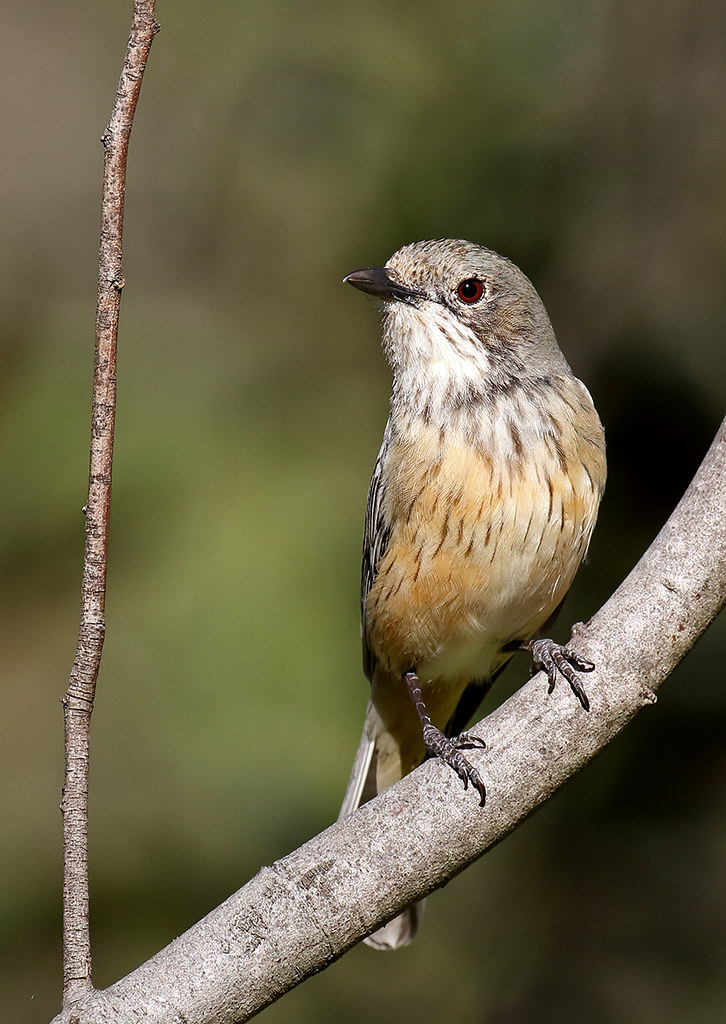 “Rufous Whistler (Pachycephala rufiventris)” by patrickkavanagh is licensed under CC BY 2.0.
“Rufous Whistler (Pachycephala rufiventris)” by patrickkavanagh is licensed under CC BY 2.0.
Why not listen to this bird:
This article uses material from Wikipedia.org which is licensed under the GNU Free Documentation License via Copyright Wikipedia. Images on this page are the sole property of the photographers (unless marked as Public Domain). Please read the license and or contact the photographers directly before using them for any purpose. Thank you all.
Layer Upon Layer Of Bright Yellow Fluff Is Offset By A Pair Of Beaming Bright White Headlights!
Please SHARE this article with all your bird-loving friends and family.

